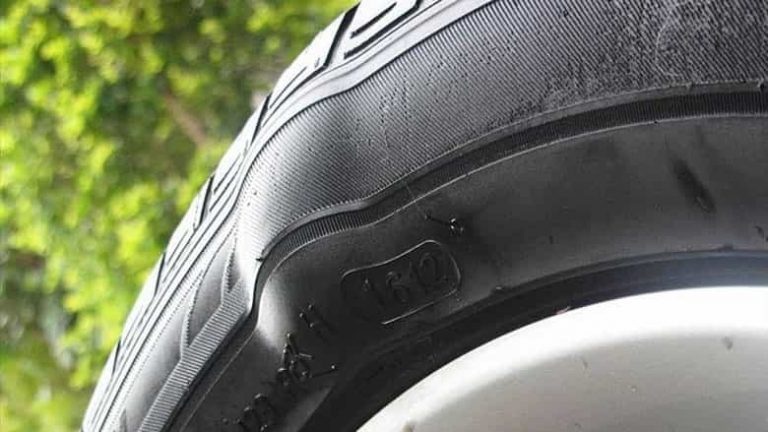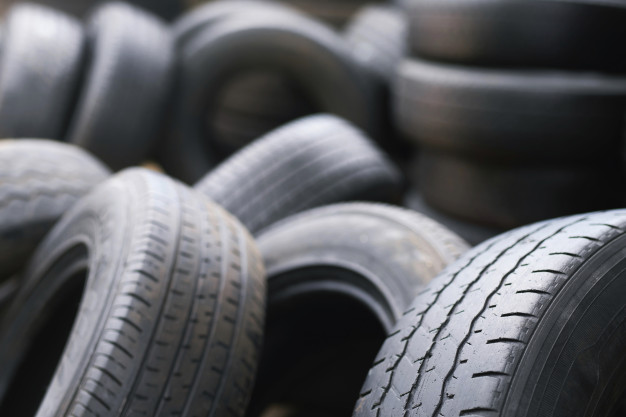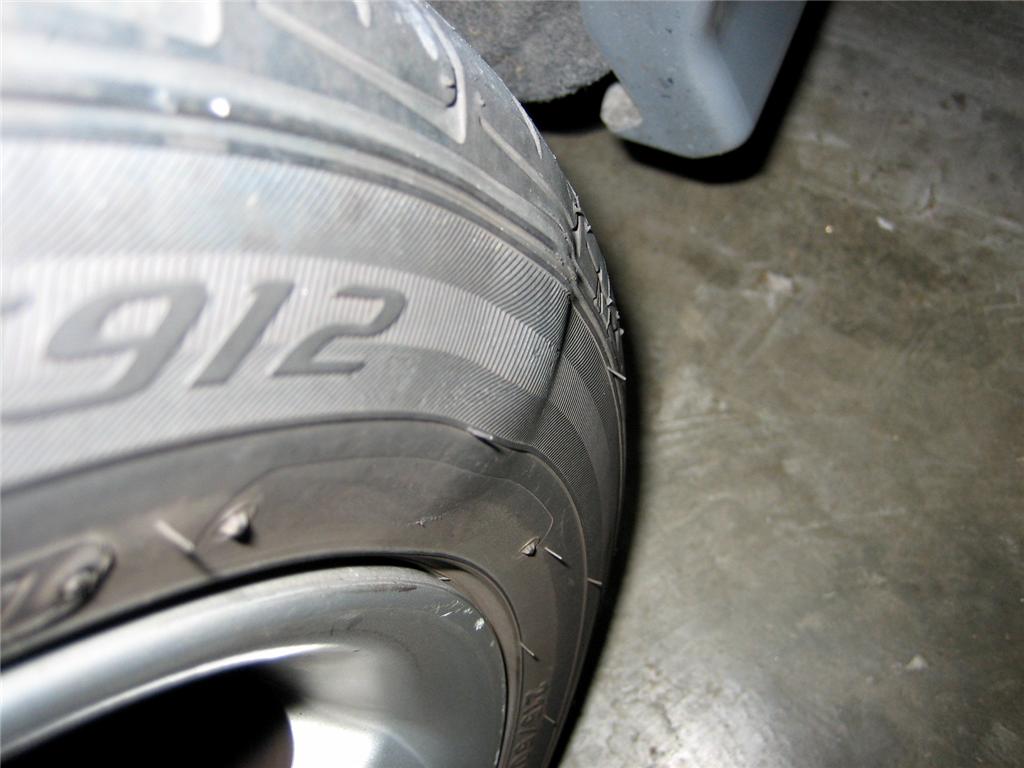

Again, you’re looking for tears, cracks and any kind of lump.īefore getting underneath it, make sure that the car is parked safely with the parking brake on and in either first gear, or if it’s an automatic, Park. To inspect this, you’ll need to get down on the ground with a torch and look underneath the car. It’s easy to forget that as well as the tread area and the sidewall that you can see, tyres have a second sidewall that’s hidden. This could leave you unexpectedly stranded and having to call out a breakdown operator. And if for any reason the object is forced out of the tyre, it will cause it to deflate. Although a tyre may not be losing much air as a result, think of it a bit like a water leak: it’s never going to get better. What else to look for?Ĭheck for foreign bodies such as nails, screws or sharp stones stuck in the tyre. And they’re sufficiently serious to prompt an MOT failure. Although a tyre probably won’t lose air because of these faults, they do indicate a weakness in its structure. There shouldn’t be evidence of any lumps, tears or cracks in this part of the tyre. Get down on your hands and knees and look at the sidewall (the area of tyre perpendicular to the road). This is because a tyre with a lump in isn’t thought to be safe to drive on. Lumps in a tyre will result in your car failing its MOT LINK. Once that’s occurred, it’s only a matter of time before the tyre fails, possibly ‘blowing out’ at speed. As a result, the air pushes out the rubber causing what looks like a bubble to form. This prompts the tyre’s cords ‑ the internal web of material that gives the tyre its strength ‑ to fail.

It’s far more likely that hitting a pothole is the cause. They’re unlikely to be a manufacturing defect. Lumps do sometimes appear in the tyre’s sidewall and they indicate the tyre needs replacing. We recommend that you carry checks out at least once a fortnight.
#Tire bump bubble explode how to
Here’s how to check your tyres and what you should look out for. Tyres are the only contact your car has with the road so ensuring they’re in tip-top condition is vital. Match Duals.Anything that’s out of the ordinary on a tyre, such as a tyre lump, should be considered serious.How to Calculate Cold Inflation Pressure (2).Here are a couple shots of a 22.5 that suffered an impact. The other thing that can cause a bulge is broken body cord from some sort of impact such as a curb, pothole or from hitting something on the road.


Get a nice close picture of the tire for your records and be sure the bulge does not get any larger. If larger I would request a different tire unless the dealer is willing to put in writing that the tire is safe. This will probably be less than a tenth inch above the surface of the rest of the tire and less than 1/2" wide. If you see this on a new tire point it out to the tire dealer right away and confirm the bulge is below the level of concern for that make of tire. A bulge from an open splice is noticeable as soon as the tire is inflated. If the splice is "open" or there are cords missing then that area will stretch out more as there is only sidewall rubber resisting the air pressure so the sidewall stretches out just like a balloon. There is nothing wrong here other than a visual depression. However if the splice is "heavy" or larger than desired the forces from inflation are resisted by twice the normal amount of cord and rubber so the stretch is less than in the rest of the tire. I know this is counter-intuitive but you need to remember that when a tire is inflated the rubber stretches and the textile cords stretch a slight bit. If the overlap is larger than desired there is a doubling-up of the cord and this is what creates the depression. In some constructions this means a small overlap of one to maybe 4 cords. Now the goal is to have a strong enough joint to keep the uncured rubber together till the tire is cured. The place where the builder starts and stops has a "splice". In this post there are some links with videos showing the basic process of wrapping layers of fabric (or sometimes steel cord) that is in a sheet of rubber, around a drum. The basics apply to all tires, be they small 10" or 12" as seen on micro cars or 22.5 or even large mining tires like this one. OK So now you are probably asking why are these two conditions in tires and are they defects or what? Lets step back for a moment and consider how tires are made. Here are a couple of other shots showing sidewall depressions.


 0 kommentar(er)
0 kommentar(er)
